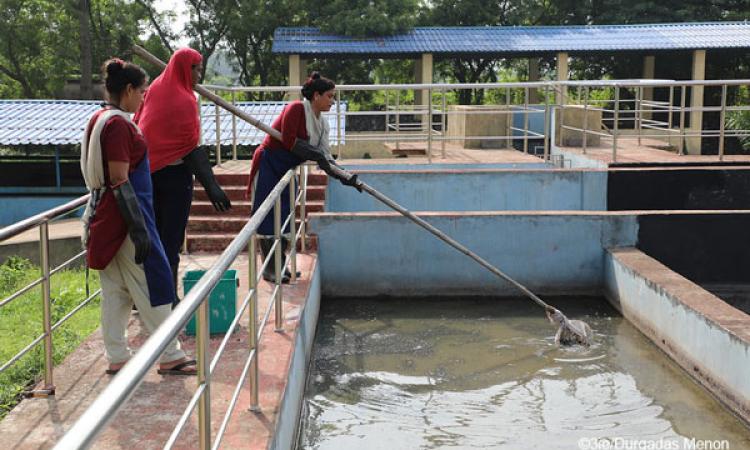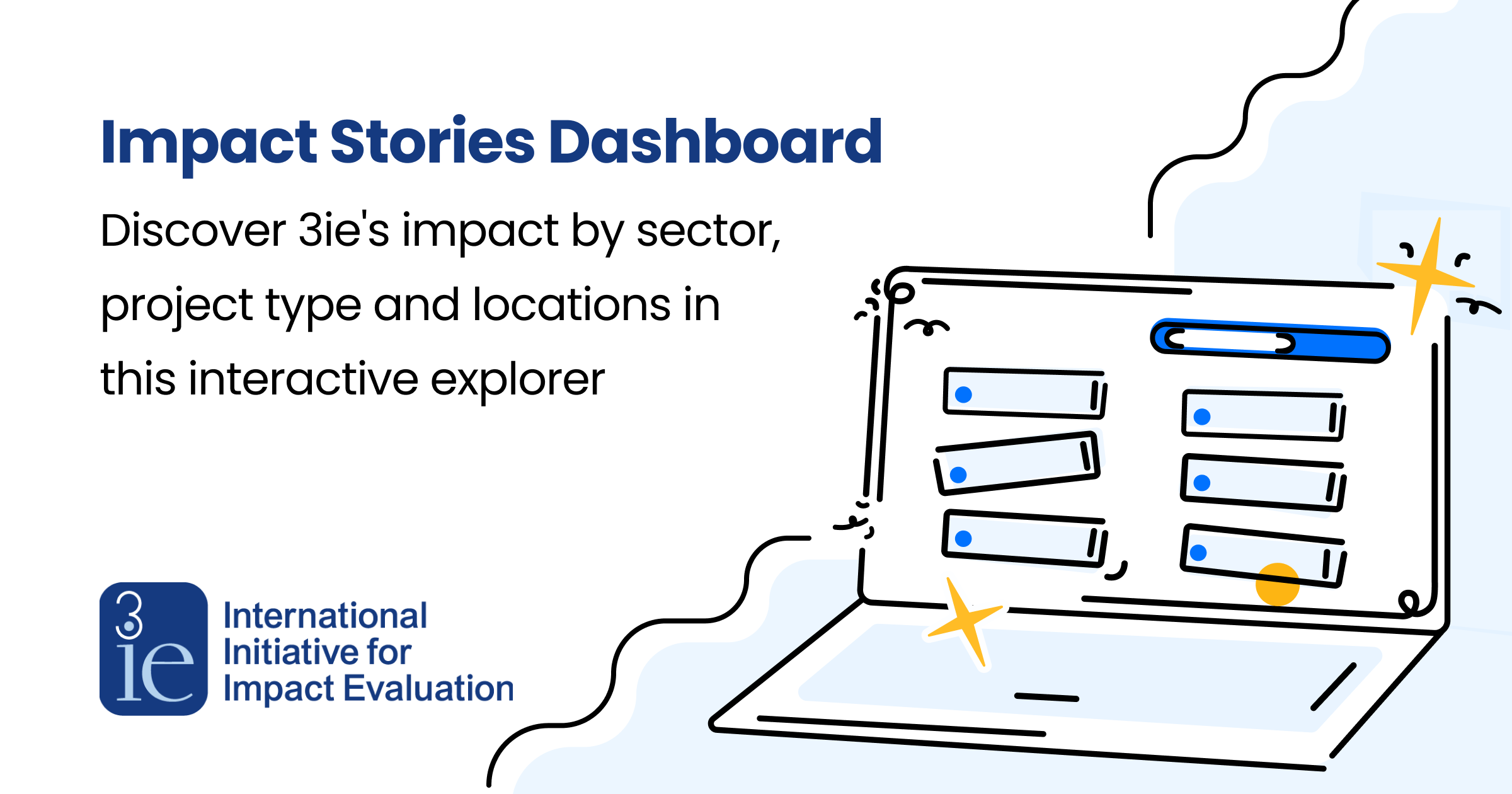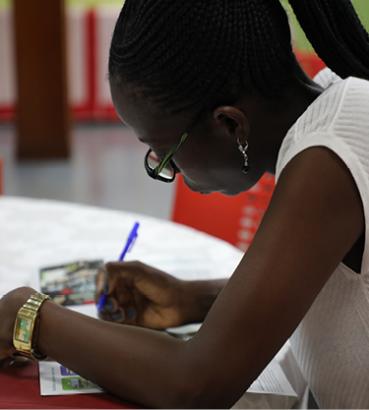Impact
3ie was founded with the conviction that using high-quality evidence to inform decisions on development programs can improve lives. For over a decade, our services and research products like evidence gap maps, impact evaluations, and systematic reviews have helped decision-makers inform their work.
We have tried and tested various approaches to understand how our research evidence and various initiatives contribute to our impact and development effectiveness. While we continue to innovate, this page summarizes our approach, some stories and what we have learned.

What we mean by impact
Our work influences change at three different levels:
- Program level by learning and adapting during program design and implementation
- Institutional level by strengthening evidence use within organizations
- Field level by contributing to broader shifts in the evidence use ecosystem
Explore 3ie’s Impact Stories
Over the last few years, we have documented more than 100 stories from our work. We have mapped these onto an interactive dashboard so you can easily sort through the stories. Each of these stories showcases how evidence-driven insights have shaped policies, programs and communities worldwide.

Explore>>
Where we have considerable contextual and other evidence on how the research was used, we have developed case studies available in our Evidence Impact Portal.
More resources
In addition to summaries, we have produced videos, publications and blogs featuring evidence impact stories. Use the links below to learn more.


